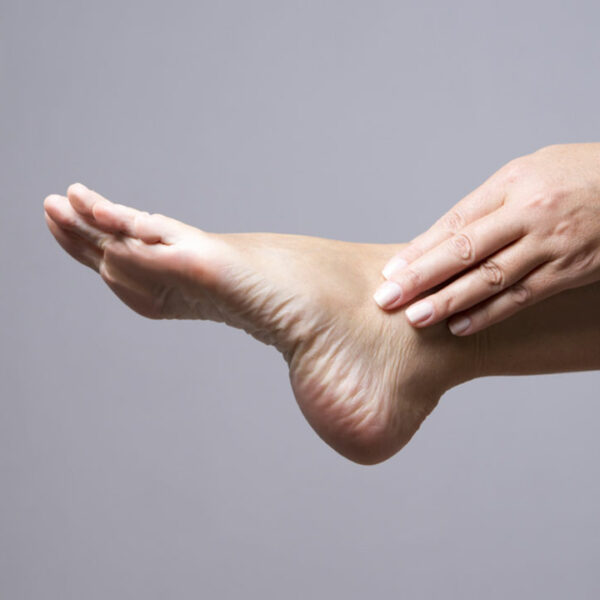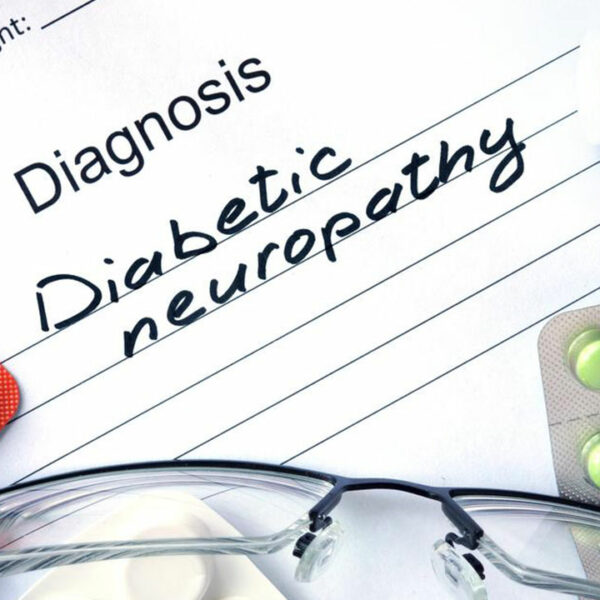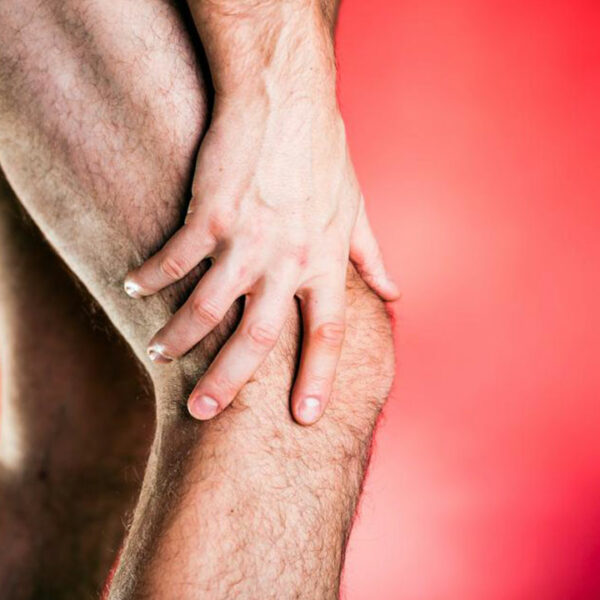
All You Need to Know about Pollen Allergy
The mild winter warm days have a surprise accompanying them, an increase in the pollen count around you. The pollen grains in the air are a count of the pollens of plants such as grass, olive or ash in the air. This pollen count is measured in order to understand the pollens in the atmosphere. Pollen in each cubic meter is measured in order to determine pollen count. The colder the winters, the delay in the release of pollen would be felt. Hot weather or the comparatively warm weather is when pollen is released into the air. The state does release a national survey of the pollen grains in the air. There are several ways to measure the pollen count, one of the ways is to take a silicon grease clad rod and rotate it in the air to collect all the pollen. Periodic rotation of the rod occurs through an entire 24 hour day. This rod is then removed and then is taken to a lab to get analyzed in order to understand the type of pollen in the air and the concentration of the pollen present in that air. Another method of measuring pollen count is using the 7-day volumetric spore trap.









